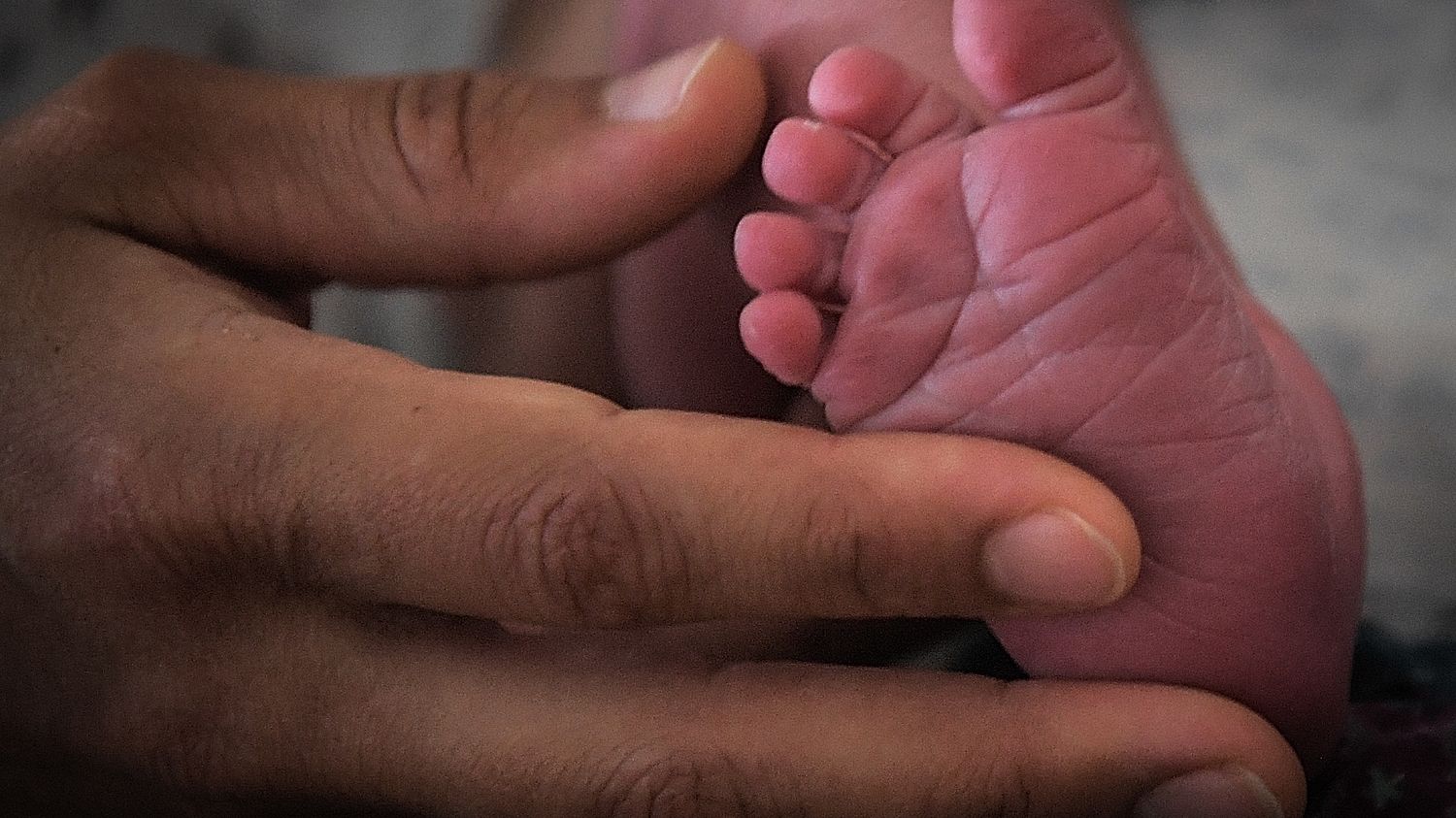This device, called Odon, will be tested again in Ethiopia, and could be offered in French maternity hospitals as early as next year.

Published
Reading time: 2 min

It was an Argentinian mechanic, Jorge Odon, who had the idea of this new process, which bears his name. When his wife was pregnant, he saw children who were able to remove a cork stuck in a bottle using a plastic bag. This is how the Odon device was born: a rod topped with a sort of funnel, all surrounded by plastic equipped with two levers. A childbirth aid that benefits both the newborn and the mother.
This device, supported by the WHO, was successfully tested at the Besançon University Hospital. It could well limit the use of cesarean section, and presents an alternative to forceps and suction cups, used in 10 to 15% of vaginal deliveries.
Professor Nicolas Mottet, head of the maternity ward at Besancon University Hospital, describes the system: “It is a ring that is placed at the end of a plastic sleeve. Once the ring is placed around the baby’s head, we will inflate it and grab the two handles, to accompany the head during the mother’s pushing efforts and help the head progress into the maternal pelvis.”
45% of patients have “an intact perineum”
Around a hundred patients benefited from this help during a clinical study, and it worked for nine out of ten women, with advantages compared to other devices, assures the professor. “By using this device, we still have 45% of patients who left our maternity ward with an intact perineum, without episiotomy and without tearing,” explains Nicolas Mottet.
“The other interesting thing, for the newborn, is that he is born without a mark on the head, unlike the suction cup or forceps.” A birth that does not leave a mark is a birth that hurts less, according to Sophie Cot, midwife in charge of clinical studies at Besancon University Hospital. “A baby who arrives without marks, who is soothed, is still a great guarantor of a good birth experience.”
“The head was normal, round, there were no marks or scratches.”
This is what Idène experienced, even if the device scared her a little at first. “It looks like a plastic bag, it’s scary, we think they’re going to suffocate it. But in the end, I didn’t feel anything. The head was not deformed, unlike my daughter, who had the marks, despite the cesarean section.”
Professor Mottet’s team will now test the device in Ethiopia with the support of the WHO. When it is CE stamped (compliant with European standards), it may be offered in other French maternity wards.
